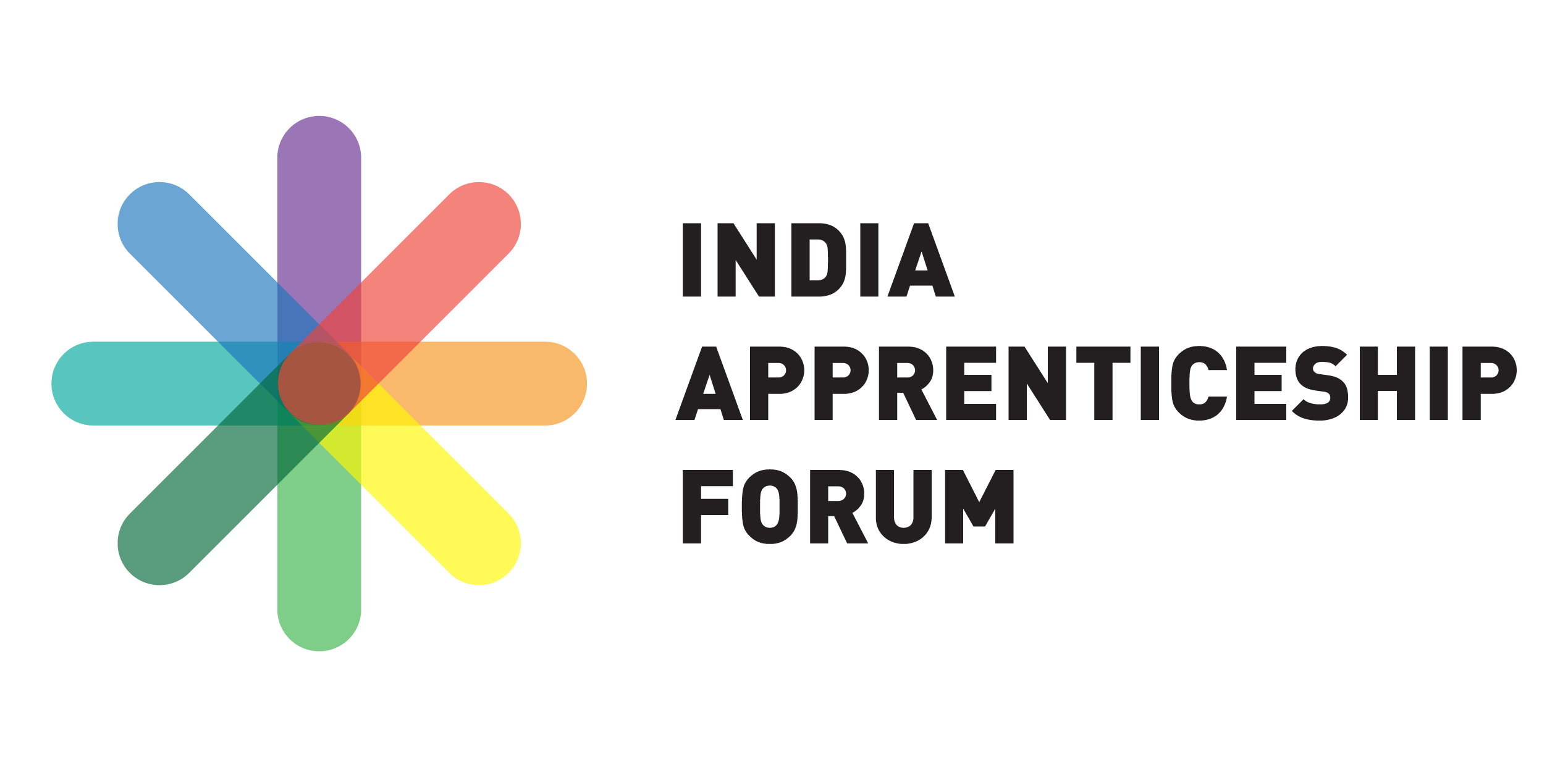What are the different forms of skills mismatch effecting labour market outcomes and what kind of social partnerships help narrow the gap?
Skills directly impact the economic development of any nation- a sentiment germane to India’s workforce development challenges. Between 2017-2022, the Ministry of Skill Development and Entrepreneurship estimates an incremental human resource requirement of 103.4 million spanning 24 high priority sectors, and a skills training need of 126.87 million for the same period.
But skills training alone is only half the battle. Matching skills with actual demand is the crucial linkage often overlooked- with dire consequences. The 2018 India Skills Report’s survey of over five lakh students and 1,000 corporates reveals that only about half of 1.5 million engineering graduates every year are employable; dropping to a lowly 30% for arts and commerce graduates.
In this two-part article, we evaluate the World Economic Forum report – Matching Skills and Labour Market Needs- Building Social Partnerships for Better Skills and Better Jobs. In Part I, we look at Key Findings with our own input in each section.
Skills a critical asset for economies to thrive
Starting with basic skills with progression towards more niche areas, skill building should start at the school level with an eye on future labour market needs. An attitude for continuous improvement and learning developed in the schooling years can go a long way in making a worker relevant all through their working life.
As we have noted in our article on the draft National Education Policy, the government is taking note of the importance of an experiential education. It strongly recommends a major overhaul of current curricula and pedagogy from highly theoretical and outdated to core capacity building in vocational education, life skills, and 21st century work skills which come from a ‘learning to learn’ model. Efforts to make children ready for the world of work must especially step up at the secondary school stage- a crucial juncture where exposing children to alternative ‘learning by doing’ methods such as apprenticeships and internships will provide opportunities to pick up market-relevant skills to be work-ready.
Explains Gaurav Kapoor, Industry Partnership, CSR Engagements; Media & Advocacy- NSDC, “The integration of education along with skill development, which we call the vocational education system, is a very important factor. I don’t consider vocational education different from education. In fact, it has to be well blended within our school systems like it is there in many countries.”
Skills and jobs matching high-priority policy agenda
Finding the right talent is an expensive process for businesses and so is developing talent for existing staff. Skill gaps occur both from too few skills to being over qualified for a job. When the chasm widens between skills and jobs it ultimately impacts the entire economy.
Since 2015, India has seen a major thrust towards skills development through various initiatives such as the Pradhan Mantri Kaushal Vikas Yojana and the National Apprenticeship Promotion Scheme. The 2019 Budget has increased budgetary allocation to the Ministry of Skill Development and Entrepreneurship. Moreover, a new Cabinet on Employment and Skill Development was recently announced, helmed by the Prime Minister himself. This 10-member committee made up of major Ministries signals a clear recognition to drum up policy efforts towards skill building and job creation.
Employers struggle to find the right talent
An OECD report places India among the top five countries with the highest skill shortages, with a whopping 64% of firms with 10 or more employees citing challenges in finding qualified employees.
Besides actual skills gaps in relation to available jobs other factors such as poor working conditions, low wages and inadequate recruitment practices also contribute to employers bemoaning a lack of appropriate skills. If we look at wages alone, the effects of the right skills training can be profound as found by the National Skills Development Corporation (NSDC). The average salary spike for an NSDC-trained candidate compared to individuals without training is in the region of 15% with only a few months of training.
Pervasive qualification mismatch
From individual firms to an entire economy, everyone gets affected when worker skills are higher or lower than job expectations. The right skills training can improve the gaps over time but a key consideration of training programmes which is often overlooked, is whether the skills imparted are actually in demand. A major criticism of some of the largest flagship national skills training schemes is a wide mismatch between skills and actual jobs leading to poor placement outcomes despite vast sums of money being ploughed in.
Workplace-based skilling such as apprenticeships have the ability to turn around such wasted efforts and resources. Says Rajiv Kumar, Vice Chairman of NITI Aayog, “There are gaps that remain. The placement record can be better. At that end, if you combine skilling courses with on-the-job training, you will get better results. The skill ministry is focusing on apprenticeships now in a big way.”
Next Up
In Part II, we look at policy recommendations on how social partnerships can address the challenges discussed above.














